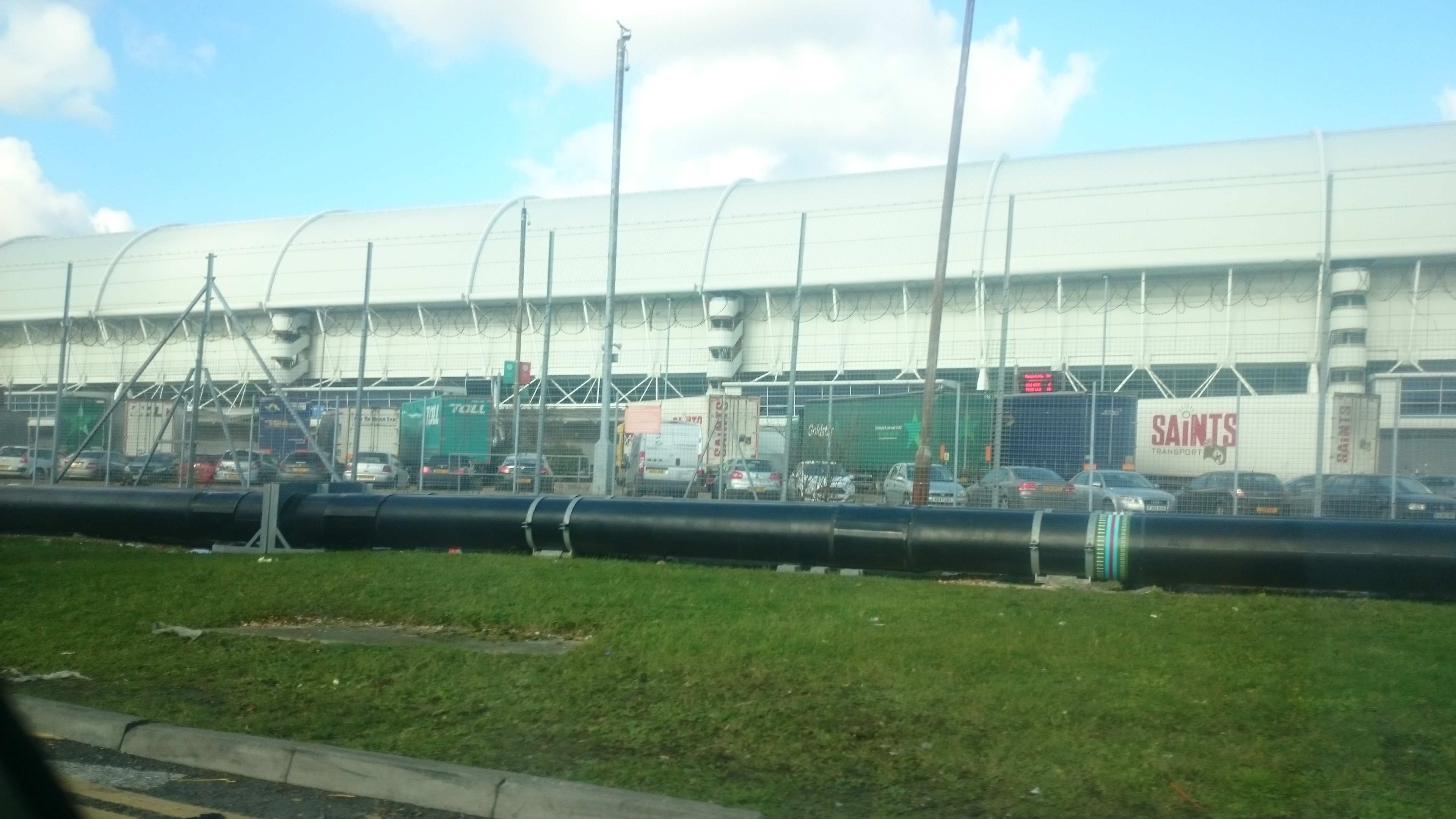
Uploaded on 2016-08-29 by Luis Gento Rodriguez
W7. STOCKS AND FLOWS Luis Gento London, United Kingdom In the case of London, we can consider the transportation network composed of railways, highways and minor roads, ports and airports as key infrastructures that allow the constant flow and stocks of goods in and out of the city. If we consider only the movements of air cargo in the busiest airport in the city – as well as the country, that is Heathrow-, the main goods that are being exported during 2015, measured in Kg, were: - Machinery and mechanical parts, boilers and nuclear reactors (52M tonnes) - Fish and crustaceans (46.5M tonnes) - Books, newspapers and pictures (31.5M tonnes) Whereas the main imported products in 2015 were: - Vegetables, roots and tubers (76.1M tonnes) - Electrical machinery and equipment (61.2M tonnes) - Machinery and mechanical parts, boilers and nuclear reactors (47.8M tonnes) These figures are from the HM Revenue and Customs Office, and indicate a large amount of perishable food demand (imports) in terms of veggies to supply London and the country (negative balance trade). This suggests that London and UK is not capable to produce the vegetable that demands the citizens, mainly due to the lack of available land for agriculture (high urbanisation and demographic density) and unfavourable climate. Therefore, the vegetable demand remains as a stock in London/UK and is therefore consumed and not being transferred elsewhere. In contrast, there is an inbound and outbound flow of machinery and mechanical parts through Heathrow, and the total balance of imported and exported of these goods is almost neutral. This analysis may indicate that: - i) the vast majority of machinery and mechanical parts entering the country is to reach a third country, being the airport a mere transit point of these goods. Only a small amount of these imported goods remain in the country to supply the national demand. - ii) the machinery and mechanical parts being imported are intermediate or semi-finished goods (SFG), and are used for inputs in the production of other goods in the UK. Therefore, the final goods manufactured in London/UK are then exported to other destinations elsewhere. A persistence negative trade balance of some products may become a threat in the long term for the economy of a city or a region. The dependence of dairy products and perishable goods from external suppliers indicates the total lack of agriculture land of the city, with an economy specialised in finance, services and the high-tech industry which produces higher revenues and requires a high-skilled workforce. In the future, a strategy that fosters the local production and supply of perishable and dairy products to reduce the existing negative trade balance may benefit the current situation of over-saturated infrastructure in London and the UK (roads, rails and airports). A flow reduction of these goods from external countries (mainly southern EU countries) may reduce, as well, the CO2 footprint that is caused to supply the local demand in London/UK.